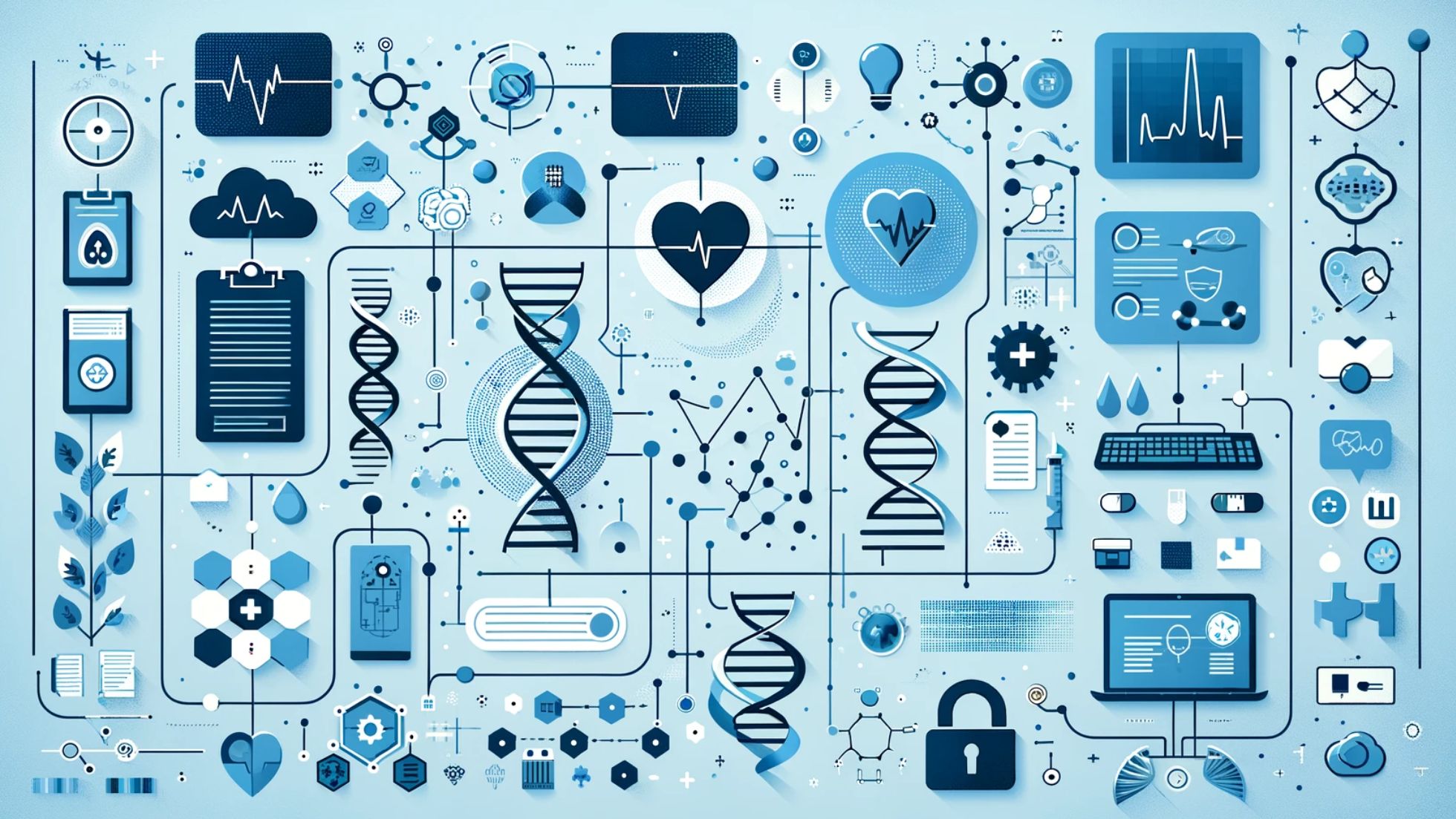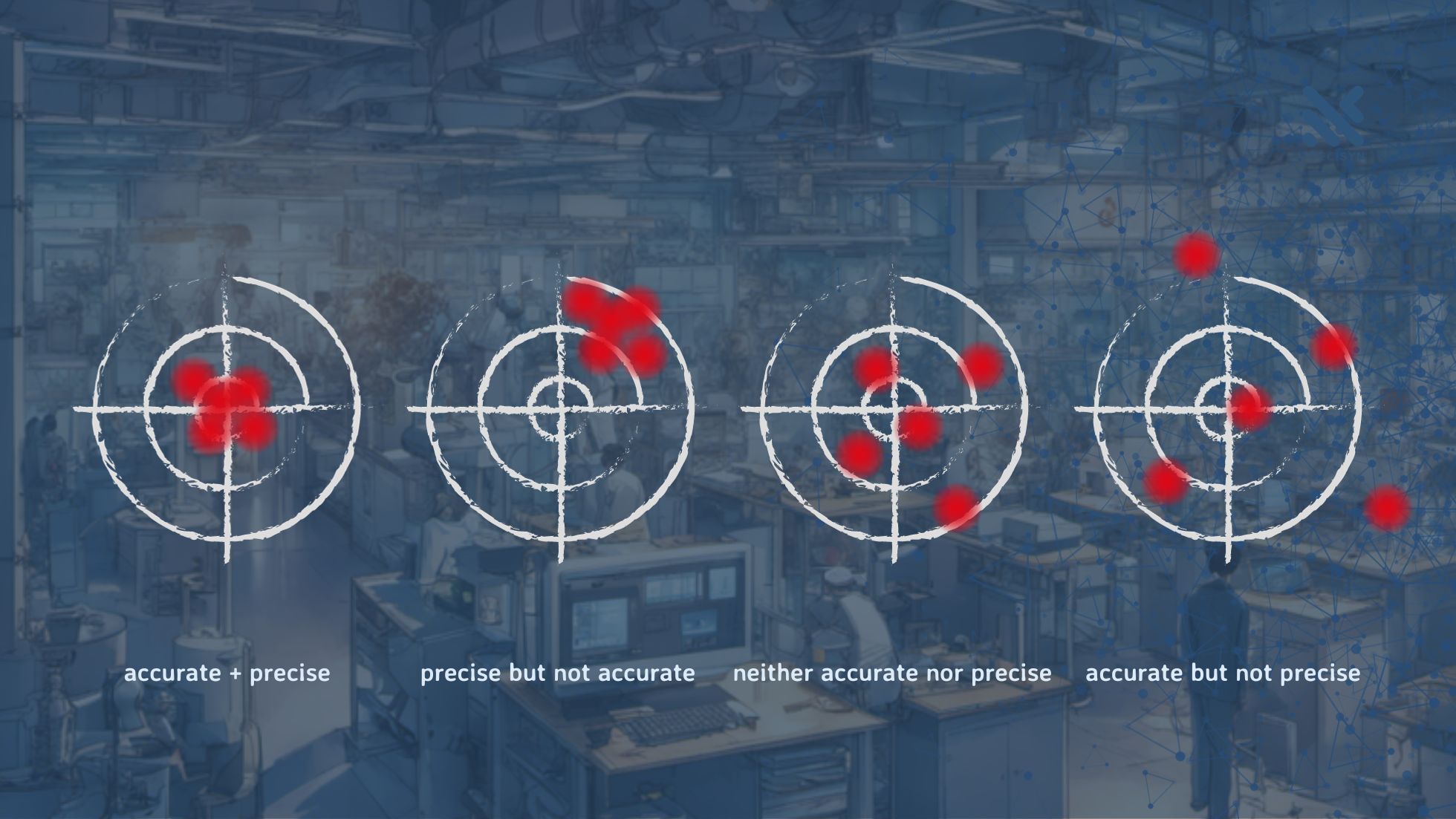This article examines the evolving role of data governance in healthcare, specifically focusing on the management of real-world data (RWD) and real-world evidence (RWE). It discusses the integration of diverse data sources into comprehensive knowledge graphs, highlighting the case study of PrimeKG. The implications of these advancements for healthcare data management, particularly in the context of precision medicine, are explored, with a concluding remark on the relevance for customers and product teams at preciSYN LLC.
Real-World Data and Real-World Evidence
 Real-world data (RWD) and real-world evidence (RWE) are increasingly being recognized as essential components in the healthcare landscape, providing valuable insights into patient outcomes, treatment effectiveness, and healthcare trends. However, effectively governing this data presents both challenges and opportunities. This article dives into the intricacies of data governance in healthcare, highlighting its significance in the context of RWD and RWE. Additionally, it explores the innovative integration of diverse data sources into comprehensive knowledge graphs, as demonstrated by the case study of PrimeKG.
Real-world data (RWD) and real-world evidence (RWE) are increasingly being recognized as essential components in the healthcare landscape, providing valuable insights into patient outcomes, treatment effectiveness, and healthcare trends. However, effectively governing this data presents both challenges and opportunities. This article dives into the intricacies of data governance in healthcare, highlighting its significance in the context of RWD and RWE. Additionally, it explores the innovative integration of diverse data sources into comprehensive knowledge graphs, as demonstrated by the case study of PrimeKG.
Data Governance in Healthcare
Data governance in healthcare, particularly in relation to RWD and RWE, is a crucial and intricate task. The objective is to responsibly utilize data for the benefit of the public while minimizing obstacles to its secondary usage. The absence of a standardized approach to data governance practices, despite the potential of RWD/RWE to inform health technology assessments and decision-making, highlights the need for structured management and oversight.
Secondary Use of Data
 The utilization of secondary data, which refers to data collected for one purpose but used in different contexts, emphasizes the significance of robust data governance frameworks. This practice expands the versatility of data beyond its initial scope, necessitating a cross-functional and strategic approach to data management. By leveraging secondary data, healthcare organizations can unlock valuable insights and drive innovation in patient care.
The utilization of secondary data, which refers to data collected for one purpose but used in different contexts, emphasizes the significance of robust data governance frameworks. This practice expands the versatility of data beyond its initial scope, necessitating a cross-functional and strategic approach to data management. By leveraging secondary data, healthcare organizations can unlock valuable insights and drive innovation in patient care.
One of the primary advantages of utilizing secondary data is the ability to conduct retrospective studies. Through analyzing data collected for other purposes, researchers can uncover unexpected patterns and trends. For example, a dataset collected for a clinical trial on a specific drug may also contain information about patient demographics, comorbidities, and treatment outcomes. By analyzing this secondary data, researchers can gain a deeper understanding of how the drug performs in different patient populations and identify potential factors that influence its effectiveness.
Furthermore, the secondary use of data fosters collaboration and knowledge sharing across diverse domains. By making data available for reuse, researchers and healthcare professionals from various disciplines can collaborate on research projects, leading to interdisciplinary insights and innovative approaches. For instance, a dataset collected by a hospital's electronic health record system can be shared with researchers in academia, allowing them to analyze the data from different perspectives and generate new knowledge.
Technological Integration in Data Management
 The incorporation of tags and graph databases for data optimization is a groundbreaking advancement that has revolutionized healthcare data management. In today's data-driven world, integrating data from various sources has become a necessity to gain a comprehensive understanding of patient outcomes, treatment effectiveness, and healthcare trends. By seamlessly merging diverse datasets into a unified knowledge graph, healthcare organizations can unlock invaluable insights that were previously hidden in isolated silos.
The incorporation of tags and graph databases for data optimization is a groundbreaking advancement that has revolutionized healthcare data management. In today's data-driven world, integrating data from various sources has become a necessity to gain a comprehensive understanding of patient outcomes, treatment effectiveness, and healthcare trends. By seamlessly merging diverse datasets into a unified knowledge graph, healthcare organizations can unlock invaluable insights that were previously hidden in isolated silos.
This process of integrating data involves carefully defining essential graph features that capture the relationships between different data points. Whether it's connecting patient demographics with treatment outcomes or linking drug information with disease mechanisms, graph databases provide an intuitive structure based on node and edge relationships that facilitate complex queries. This enables healthcare professionals to navigate through vast amounts of data effortlessly and extract meaningful insights in real-time.
Moreover, the engineering of these graph features opens up endless possibilities for downstream applications such as graph AI and BI. With the help of artificial intelligence and machine learning algorithms, healthcare professionals can leverage the power of the knowledge graph to make more informed decisions. For example, graph AI models can analyze patterns and correlations within the graph to predict patient outcomes or identify potential drug repurposing opportunities. On the other hand, business intelligence tools can generate visually appealing and interactive dashboards that allow stakeholders to explore the data and gain actionable insights.
The utilization of graph databases, which are a key component of the NoSQL paradigm, has proven to be exceptionally effective in managing complex healthcare data. Unlike traditional relational databases, graph databases excel in capturing and representing the intricate relationships between different entities. This makes them especially well-suited for healthcare data management, where connections between patients, treatments, diseases, and other variables are crucial for generating meaningful insights.
A Case Study in Comprehensive Data Integration

PrimeKG stands as a prime example of integrating varied data sources into a unified knowledge graph. By incorporating data from multiple databases, PrimeKG enables seamless integration and harmonization of drug and disease information with clinical data. This comprehensive approach not only enhances the accuracy and reliability of the knowledge graph but also allows for the application of advanced computational techniques like BERT for enhanced disease concept analysis.
Through the integration of clinical data, PrimeKG provides researchers and healthcare professionals with a deeper understanding of disease mechanisms. By analyzing the relationships between diseases, treatments, and patient outcomes, PrimeKG can uncover hidden patterns and identify potential biomarkers that may play a crucial role in disease progression and treatment response. This valuable insight can lead to the development of targeted therapies and personalized treatment approaches, ultimately improving patient outcomes.
Conclusion
The intersection of data governance with RWD/RWE and advanced technologies like graph databases and AI models transforms healthcare data management. These developments streamline workflows, enhance data utility, and support informed decision-making. By integrating data from diverse sources and defining essential graph features, healthcare organizations unlock data's full potential and drive innovation. The intuitive structure of graph databases, combined with graph AI and BI, empowers professionals to make informed decisions in an increasingly data-driven industry.
References
Based on the research conducted, here is a list of citations with URLs that pertain to the topics of data governance, real-world data (RWD), real-world evidence (RWE), and the use of graph databases in healthcare:
-
An article discussing the challenges and opportunities in data governance associated with real-world data for public benefit: "Navigating data governance associated with real-world data for public ..." (BMJ Open). URL: Navigating data governance.
-
An article on data governance for real-world data management, proposing a checklist to support decision-making: "Data Governance for Real-World Data Management: A Proposal for a Checklist to Support Decision Making" (ScienceDirect). URL: Data Governance for Real-World Data Management.
-
An article exploring the governance of the secondary use of data and its impact on board decisions: "Data governance and the secondary use of data: The board influence" (ScienceDirect). URL: Data governance and the secondary use of data.
-
An article discussing data governance as a cross-functional framework focusing on data as a strategic enterprise asset: "Data governance: A conceptual framework, structured review, and ..." (ScienceDirect). URL: Data governance: A conceptual framework.
-
An article examining the applications of graph databases in the biomedical domain: "Graph database applications in the biomedical domain" (NCBI). URL: Graph database applications in the biomedical domain
-
An article addressing the impact, challenges, and opportunities of graph feature management: "Graph Feature Management: Impact, Challenges and Opportunities" (ACM Digital Library). URL: Graph Feature Management.
-
PrimeKG: Building a knowledge graph to enable precision medicine. Scientific Data. Available at: nature.com.
-
MONDO Disease Ontology: Available at: purl.obolibrary.org.
-
Orphanet: Available at: orpha.net
-
Protein-protein interaction databases: Chandak, P., Huang, K. & Zitnik, M. Building a knowledge graph to enable precision medicine. Sci Data 10, 67 (2023). https://doi.org/10.1038/s41597-023-01960-3
-
Reactome pathway database: Available at: reactome.org
-
Side Effect Resource (SIDER): Available at: sideeffects.embl.de
.
These references provide a comprehensive overview of the current state of data governance in healthcare, particularly in relation to real-world data and evidence, and the utilization of graph databases for data optimization and analysis.
Relevance for protagx Customers
For customers and the product team at preciSYN, these advancements in data governance and knowledge graph integration are particularly pertinent. They represent the cutting edge of healthcare data management, offering a blueprint for creating more efficient, accurate, and clinically relevant data management solutions. Adopting such methodologies can significantly improve the precision and effectiveness of data handling within our products, ensuring that we stay at the forefront of innovation in healthcare technology. This approach not only aligns with the current needs of the healthcare industry but also anticipates future developments, positioning preciSYN as a significant player in the field of precision medicine data management.
Disclaimer
The author of this article is affiliated with the producers of protagx, a provider of precision data management solutions specializing in personalized medical services in the field of precision medicine. While every effort has been made to provide unbiased and factual information, readers should be aware of this association which may have influenced the perspectives and insights presented in this article. The information provided is based on the author's understanding and knowledge of vector databases and Gen AI applications and is not intended to endorse any specific product or service.




